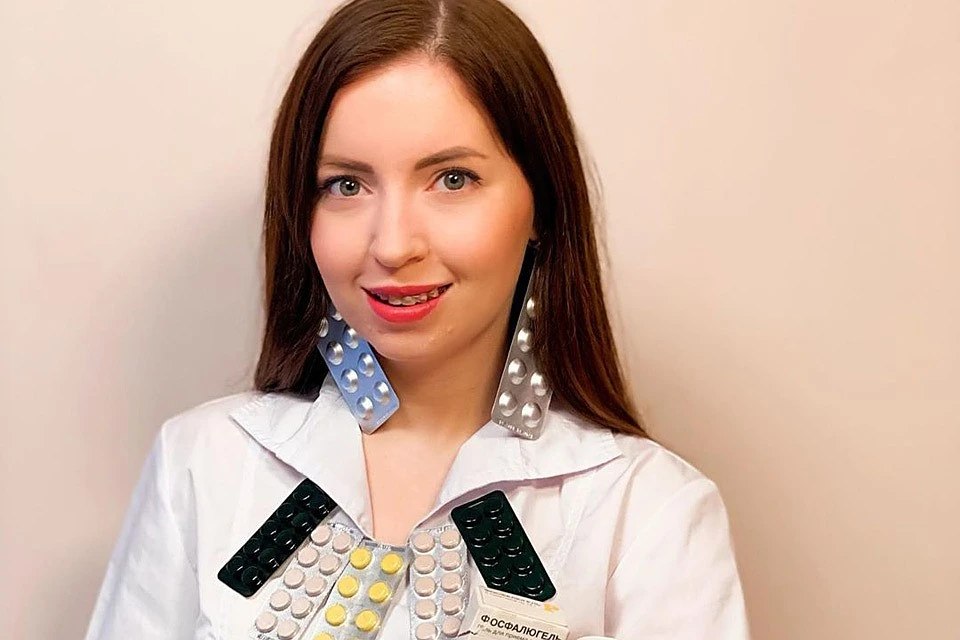

Aging is not only about changes in appearance, but primarily about the accumulation of cells that have lost the ability to divide but continue to release inflammatory signals. Such cells are called senescent.
They disrupt tissue function, promote chronic inflammation (inflammaging), and contribute to metabolic disorders.
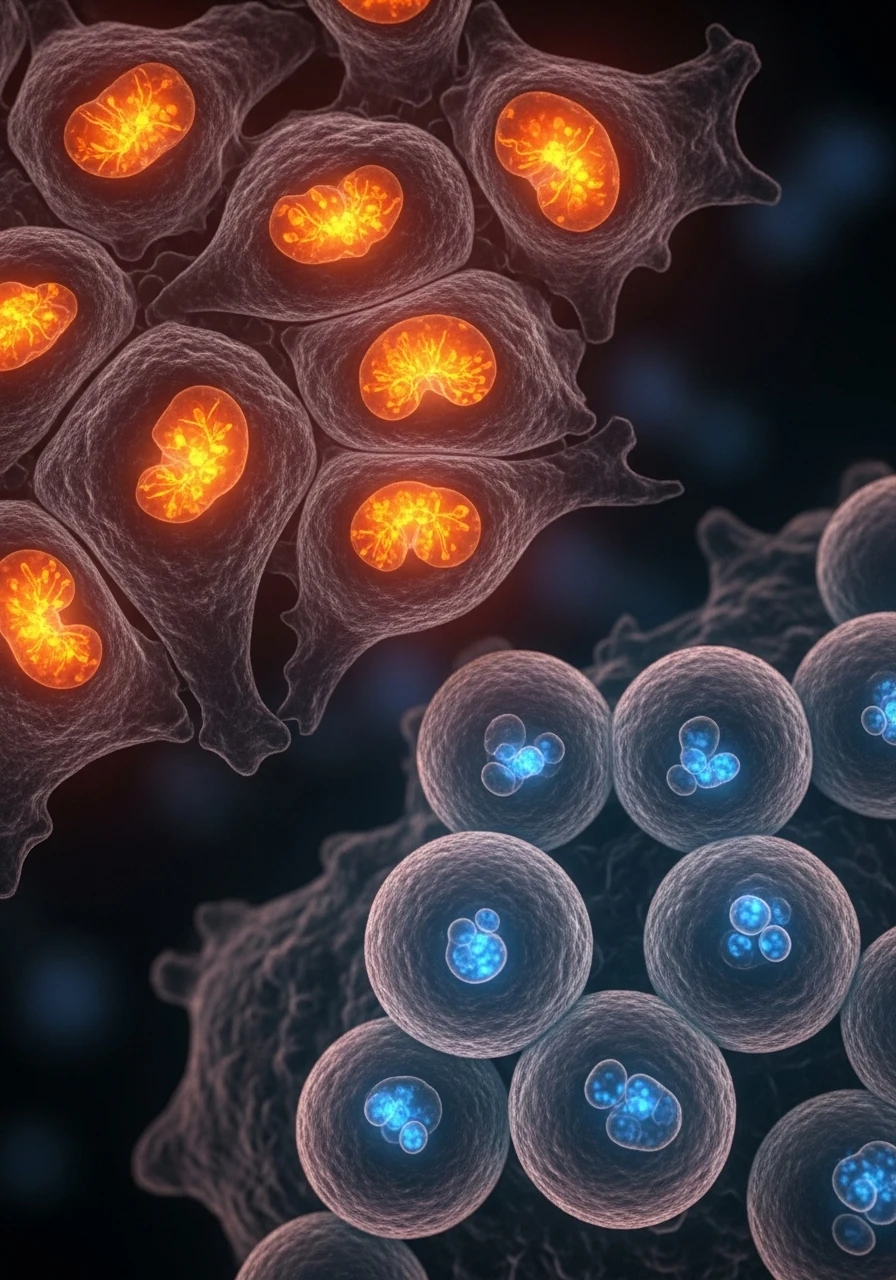
Recent scientific studies have shown that senescence can be controlled.
Some nutraceuticals act as senolytics — they remove “aged” cells, while others act as senomorphics, which suppress their inflammatory activity.
This opens the way to a new approach — anti-aging through cellular cleansing.
How Cellular Senescence Develops
| Mechanism | What Happens | Consequences |
|---|---|---|
| Oxidative Stress | Excess ROS damages DNA | Activation of p53/p21 → cell cycle arrest |
| Chronic Inflammation | Continuous stimulation of NF-κB | Increase in SASP (senescence-associated secretory phenotype) |
| Telomere Dysfunction | Shortening of chromosome ends | Loss of genome stability |
| Mitochondrial Dysfunction | Accumulation of damaged mitochondria | Reduced energy metabolism |
| Metabolic Disorders | Hyperglycemia, obesity | Increased glycation and inflammation |
Senescent cells are not always harmful — they are necessary for wound healing and tumor suppression.
The problem arises when there are too many of them and the clearance mechanisms fail.
Table 1. Key Nutrients Affecting Cellular Aging
| Nutrient | Mechanism | Additional Effects |
|---|---|---|
| Quercetin | Activation of apoptosis pathways in aged cells | Anti-inflammatory, antioxidant |
| Fisetin | Reduction of SASP, inhibition of mTOR | Improves brain function |
| Curcumin | Inhibition of NF-κB, activation of Nrf2 | Detoxification, anti-stress |
| EGCG (green tea) | Reduction of oxidative stress | Neuroprotective effect |
| Glucosamine | Reduction of NLRP3 inflammasome activation | Supports joints and blood vessels |
| Resveratrol | Enhances autophagy | Prolongs cell lifespan |
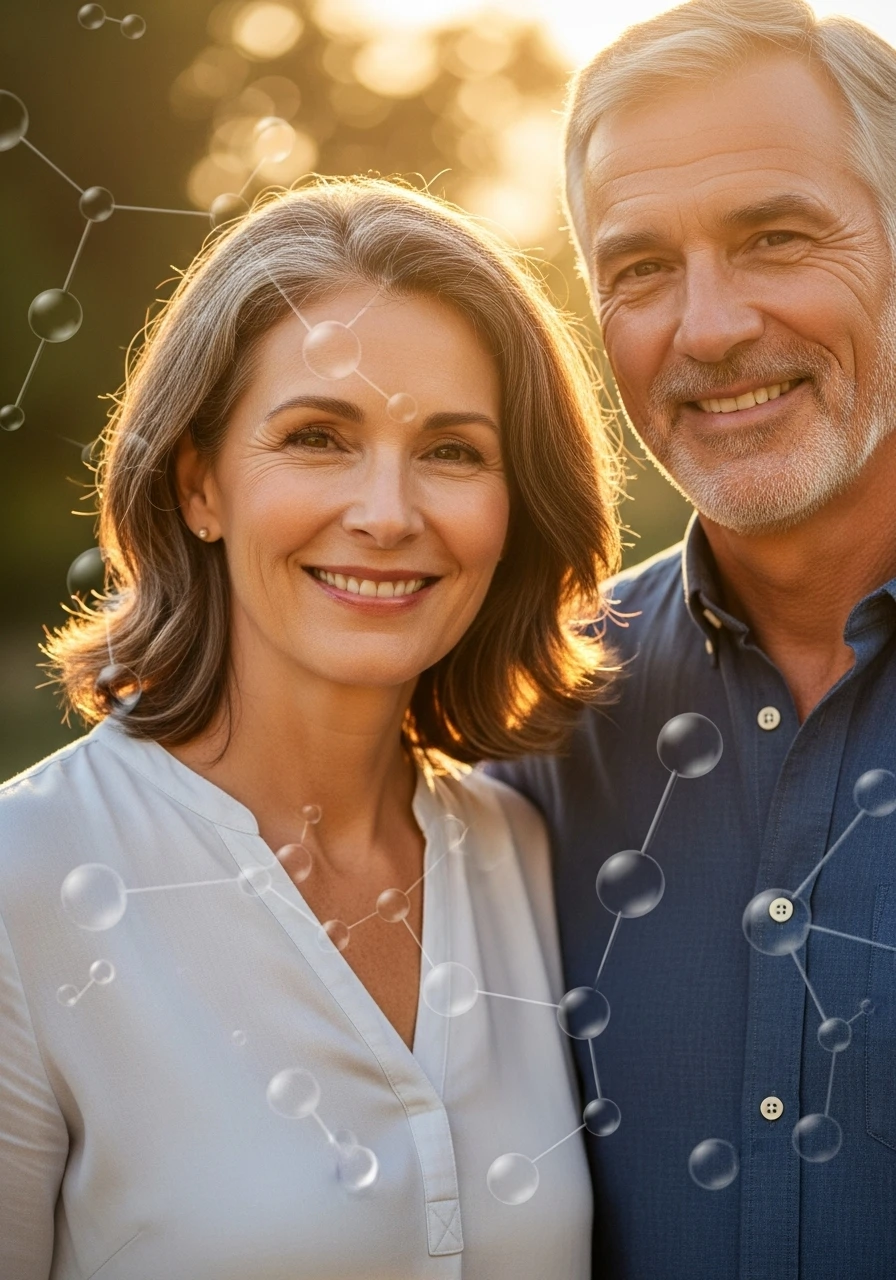
How These Substances Work Together
Quercetin and fisetin are considered natural senolytics — they help dysfunctional cells undergo apoptosis.
Curcumin, EGCG, glucosamine, and resveratrol are senomorphics, which do not kill cells but “calm” them by reducing SASP inflammatory signals.
These approaches act gently and physiologically, supporting cellular renewal without damaging healthy tissues.
Combined with physical activity, sleep, and controlled fasting, they create a synergistic anti-aging effect.
Table 2. Practical Application of Senolytic Strategies
| Target Group | Main Issue | Recommended Complex | Expected Effect |
|---|---|---|---|
| People over 45 | Chronic fatigue, inflammation | Fisetin + Quercetin + Curcumin | Reduction of SASP levels, increased energy |
| Post-illness or intoxication | Oxidative stress, DNA damage | Curcumin + EGCG + Resveratrol | Restoration of cellular functions |
| Sedentary lifestyle | Slow metabolism, low-grade inflammation | Glucosamine + Fisetin + D3 | Reduction of systemic inflammation |
| Aging prevention | No pronounced symptoms | Quercetin + Resveratrol in courses | Support of cellular “cleansing” |
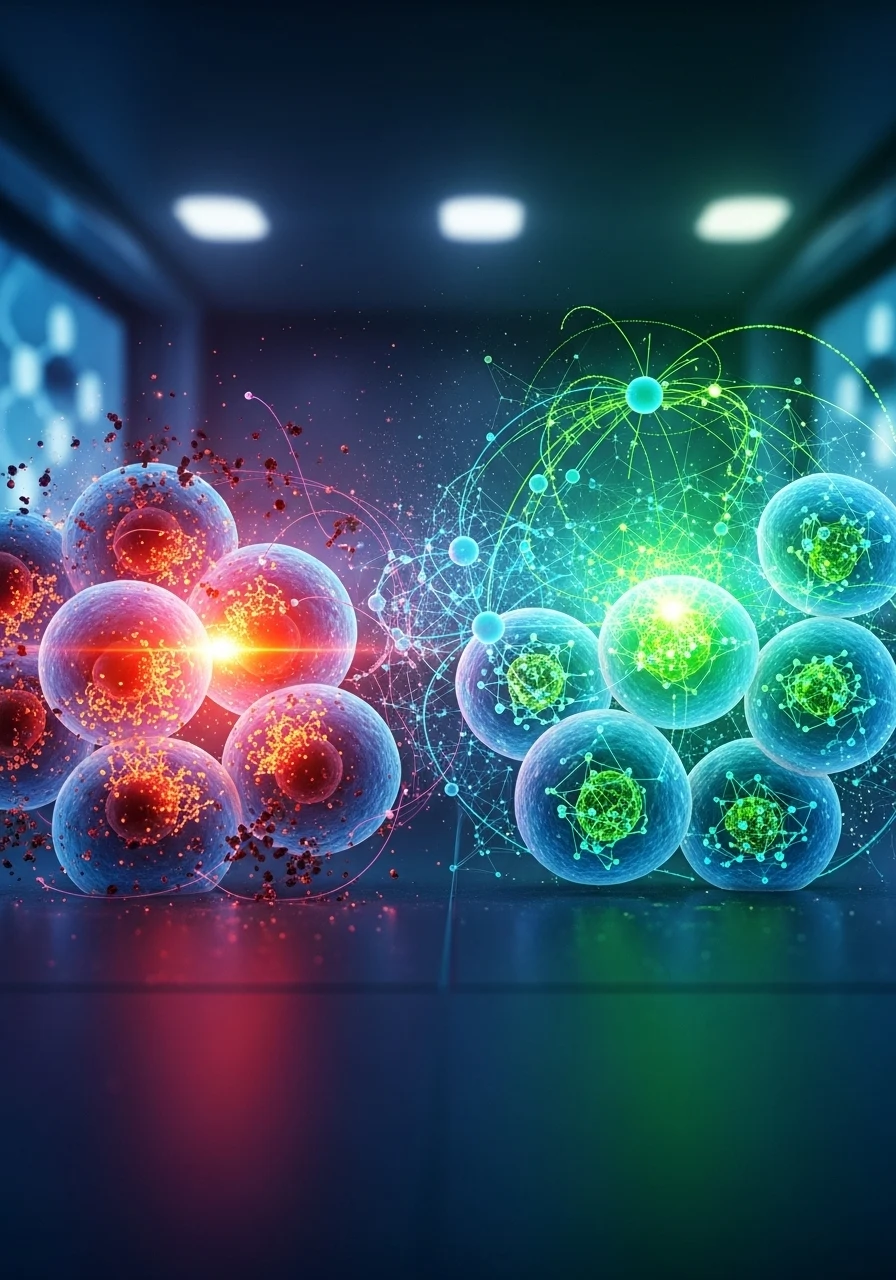
Questions & Answers
1. Can senolytics be taken continuously?
No, senolytics work better in courses (5–7 days per month) — this mimics the natural “cleansing” of the body.
2. How does fisetin differ from quercetin?
Fisetin has a stronger effect on SASP, while quercetin is a more versatile antioxidant.
3. Can senomorphics be combined with antioxidants?
Yes, this enhances their effect, especially when taken with vitamins C, D3, and coenzyme Q10.
4. Does glucosamine affect both joints and aging simultaneously?
Yes, it reduces inflammation via NLRP3 inflammasomes, benefiting both cartilage and cells.
5. When do results appear?
With regular use — within 1–3 months: reduced inflammation, more energy, improved skin tone.
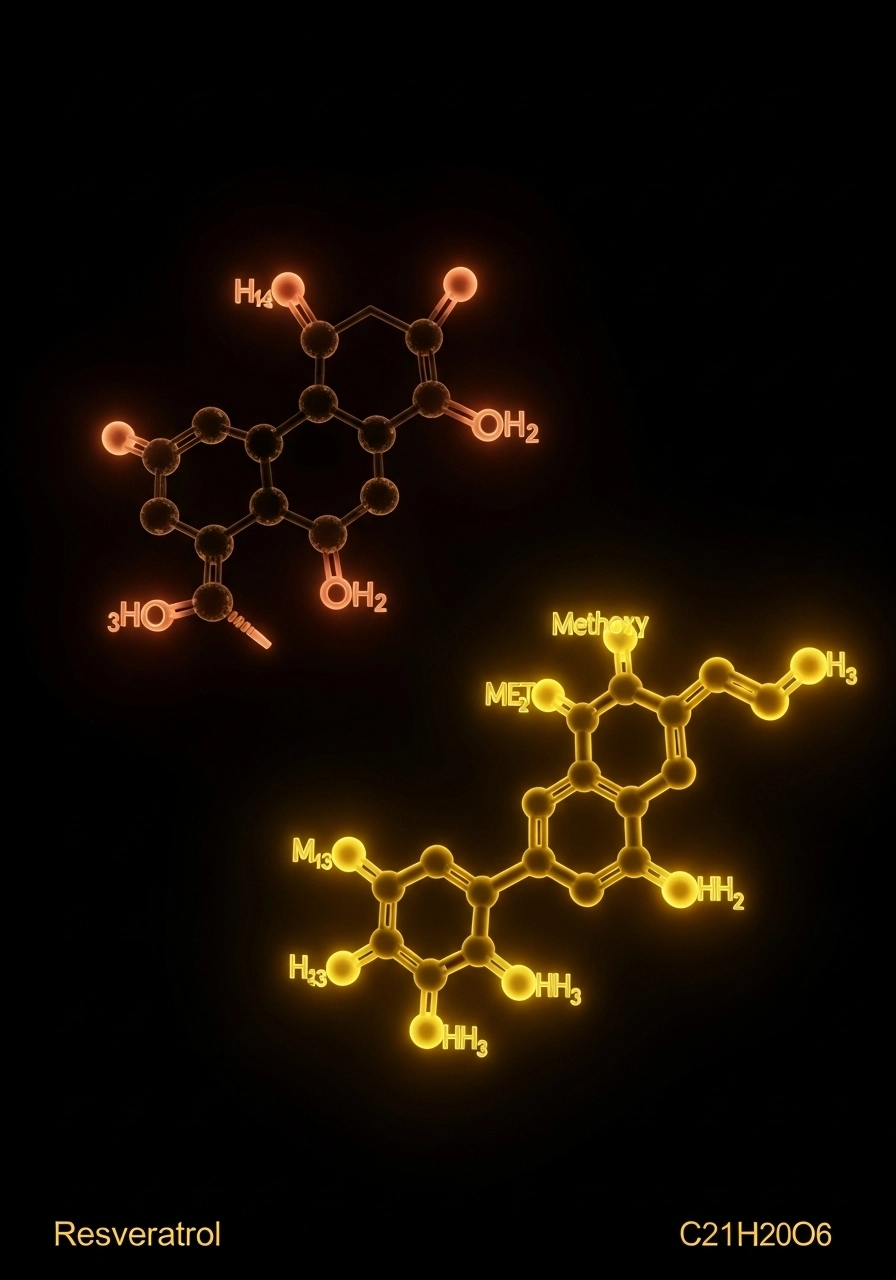
Conclusions
Controlling cellular senescence is a new paradigm in anti-aging medicine.
Nutriceuticals or “cellular cleansers” act not superficially, but at the level of cellular signaling, maintaining the balance between old and new cells.
This is the foundation of healthy, active longevity without pharmacological intervention.
References
- Campisi J., Cell, 2024 — “Cellular Senescence and Inflammaging.”
- Xu, M. et al., EBioMedicine, 2025 — “Fisetin as a natural senotherapeutic compound.”
- Zhang H. et al., Nutrients, 2023 — “Curcumin and EGCG in regulation of SASP.”
- Kim H. N., Aging Cell, 2024 — “Glucosamine and cellular senescence.”
- Li Y., Antioxidants, 2025 — “Resveratrol and autophagy in anti-aging therapy.”

